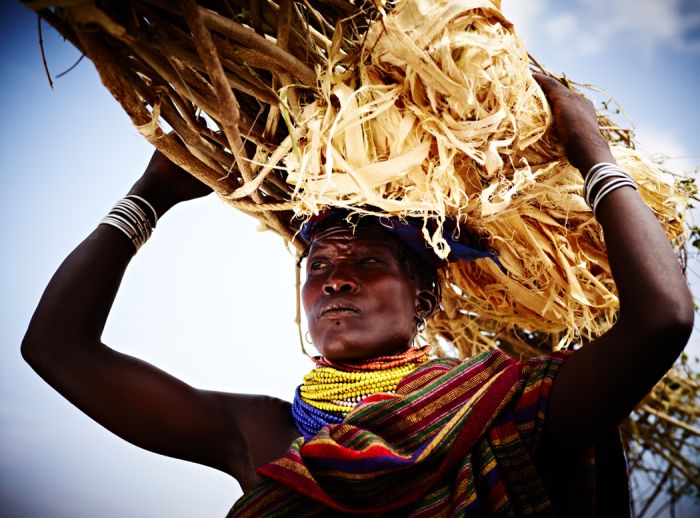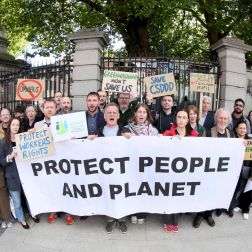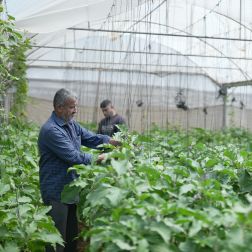- 3 mins read time
- Published: 13th June 2013
Preventing tomorrow’s famines today
On the other side of Lough Erne where this Monday’s G8 Summit is being held, in the graveyard of a Medieval Church, the bodies of 200 victims of the Great Irish Famine of 1845-1848 lie.
As I wrote in the Irish Independent this week, many of their deaths and those of the one million who died across Ireland were preventable.
And so it was with Somalia.
We now know that 250,000 people died in Somalia two years ago.
We also know that most of the deaths were preventable.
Between August 2010 to June 2011, the Food Security and Nutrition Analysis Unit of the FAO and partners released 78 communications highlighting the deteriorating nutrition and food security situation.
Yet little was done for a long time.

Above: In Turkana, northern Kenya, the rains used to come twice a year – the long rains from March to May and the short rains from October to December, but these days light drizzly showers, lasting minutes rather than days, have come to replace what was called the rainy season. Photo: Rankin / Oxfam
Despite warnings as early as September 2010, when the ‘La Nina and Food Security in East Africa’ said “poor October-December rains could lead to rapid depletion of resources” there was still no relief effort in place at the start of the long rains in March 2011, which also failed.
The situation then rapidly deteriorated.
Rainfall was less than 30% of the 1995-2010 average from March to April, after which the price of some grains shot up by 240%. Mortality levels for cattle and sheep rose as high as 40-60%.
Still, it was not until June 2011 that a crisis was mooted and July 2011 that concrete plans were made to tackle it (by the International community and regional governments), when the UN declared a famine in the country.
But by then it was too late.
Getting humanitarian aid to those in need is never easy. In Somalia it was harder than almost anywhere on earth, given the lack of stability in the south of the country and lacks roads and infrastructure to deliver assistance in all of it.
But still, more should have been done. And earlier. As Challiss McDonough of the UN World Food Programme said at the time, “If we don't get the resources until people are starving it costs more”.
Last month's conference on Somalia in London, where donors pledged $300m to assist the country towards bolstering justice, security and financial institutions, is an encouraging sign that we have begun to learn the lessons.
So too was the response to last year’s food crisis in West Africa, when the international community quickly stepped in to avert a hunger crisis.
All national governments, NGOs, donors and the UN need to act decisively when early warning systems indicate trouble is on the horizon.
But they must also take action in other areas. As the Enough Food For Everyone IF campaign points out, we can prevent hunger in the future.
If we act to ensure that small-scale farmers can hold on to their land to grow food; if we crack down on tax dodgers depriving poor countries of resources to ensure the right to food; if all of this is underpinned by transparency, rule of law and strong institutions, then the world has a chance to end the scandal of hunger that allows 2.3 million children to die from malnutrition every year.




